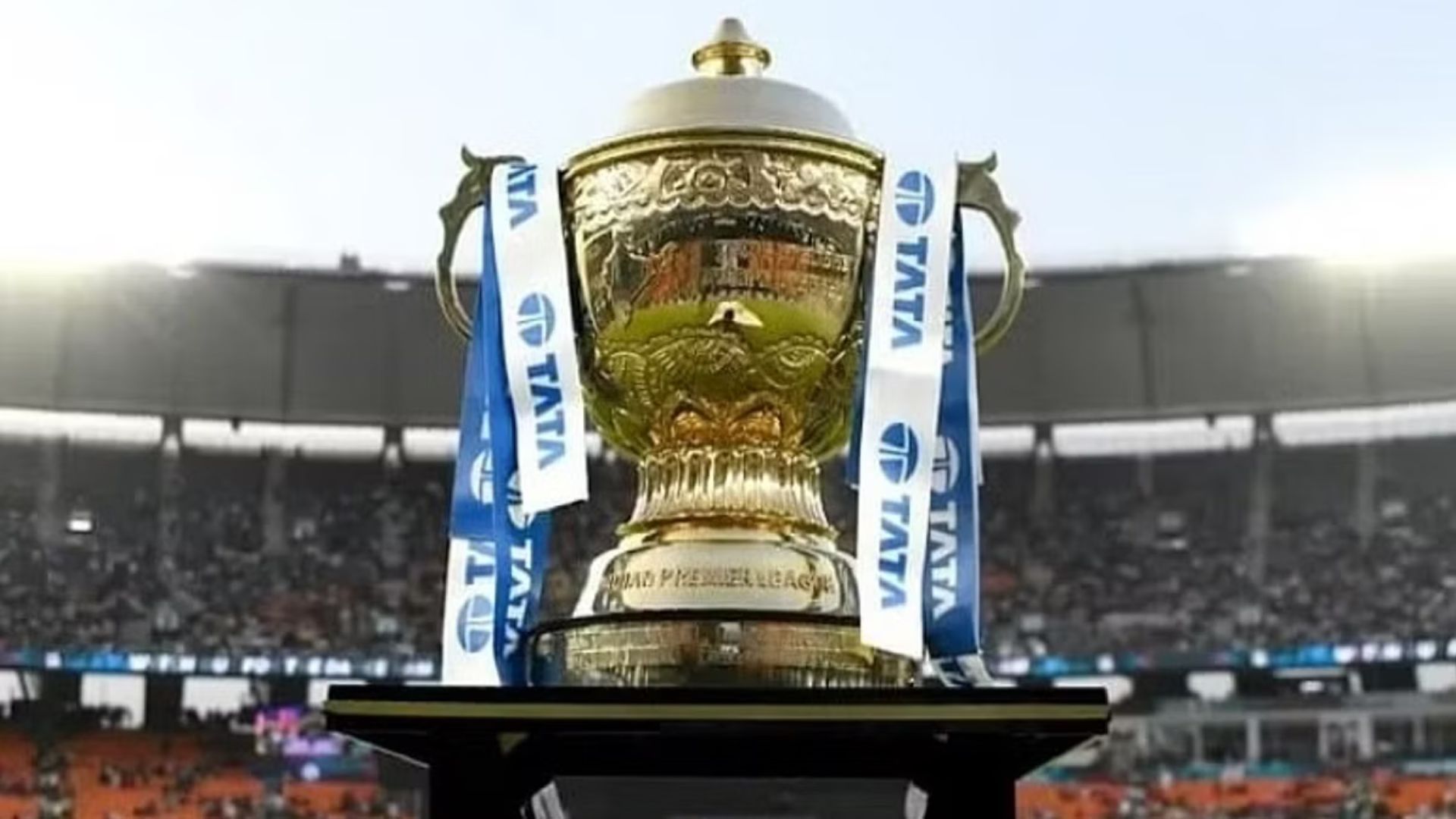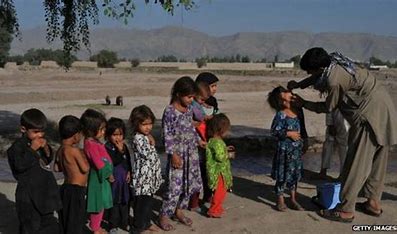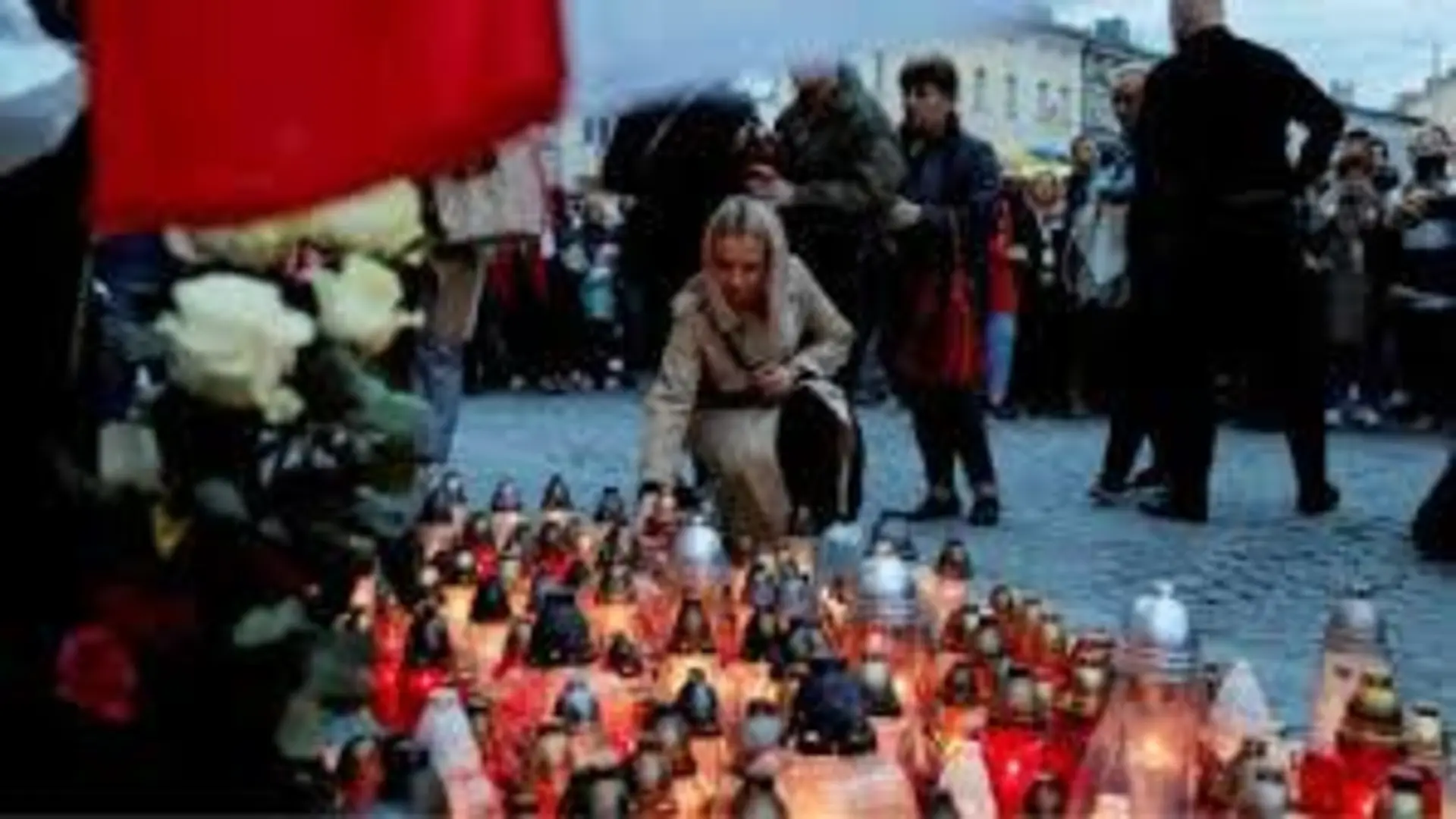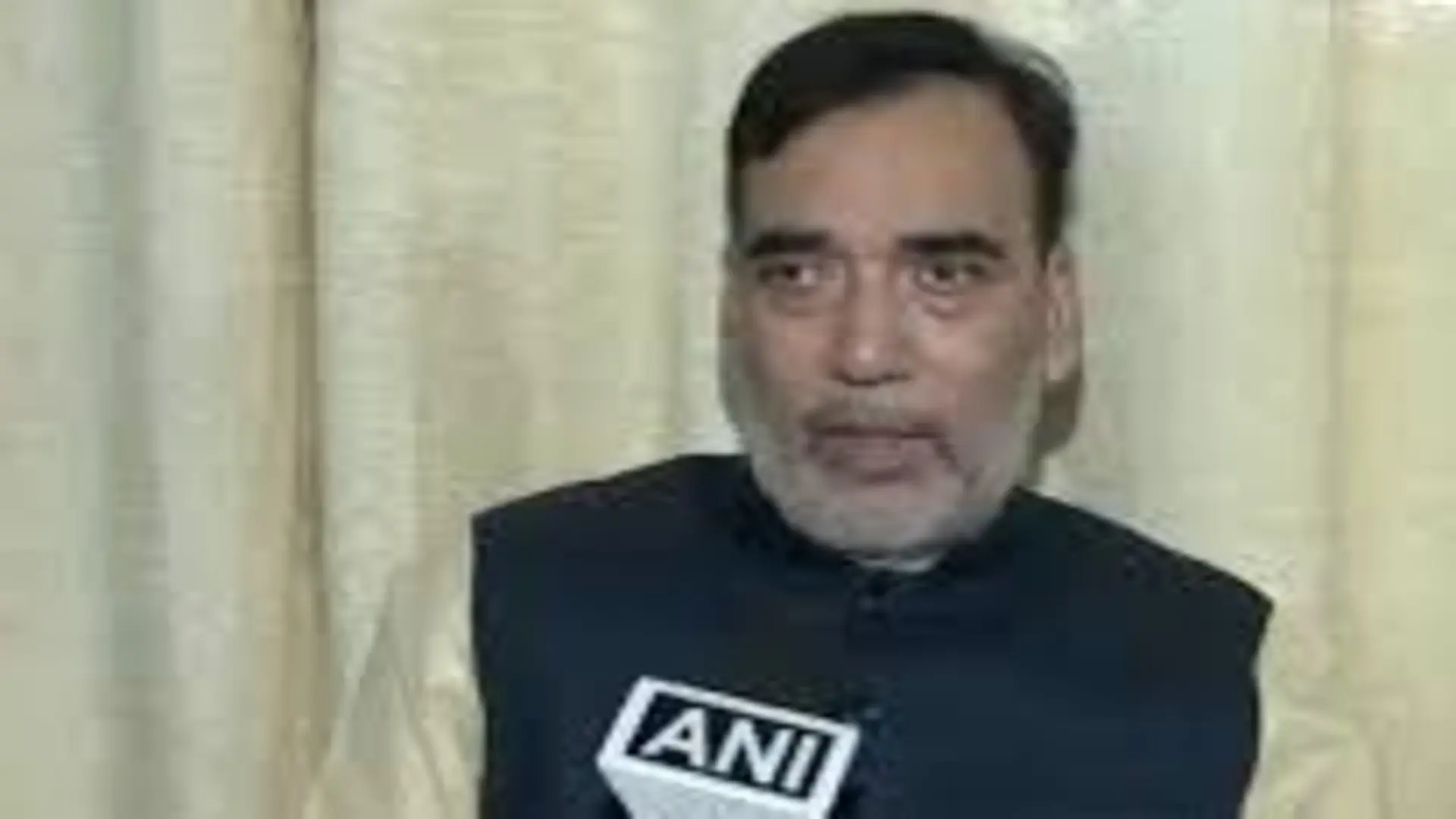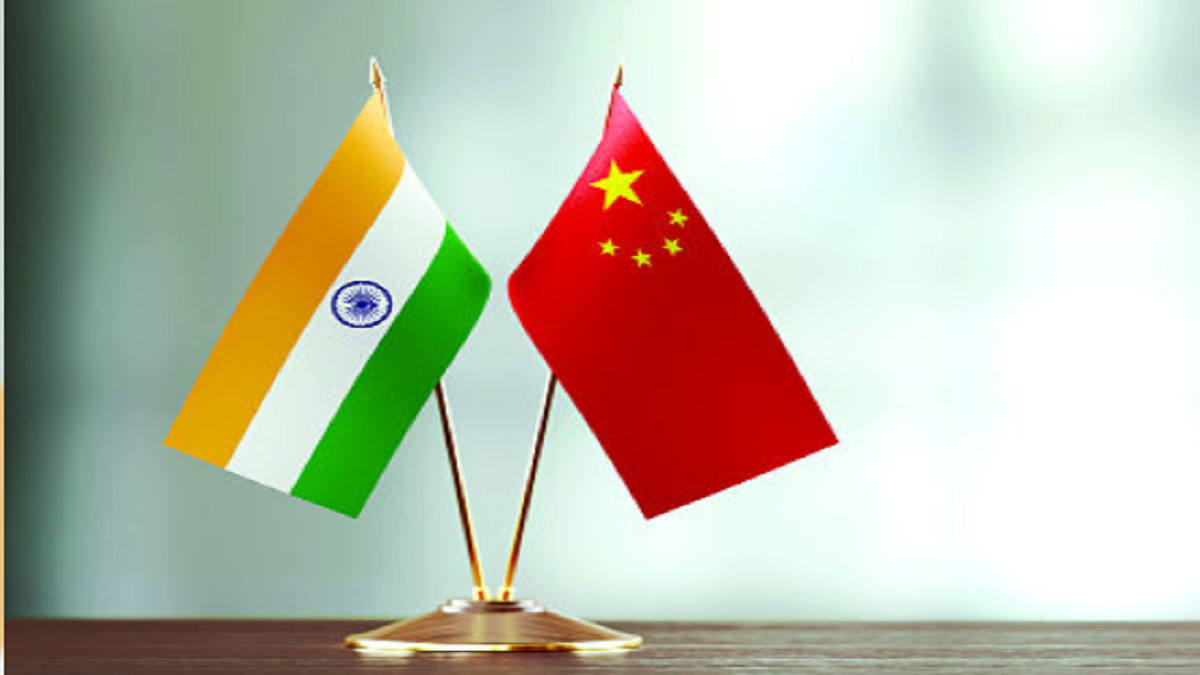
I n any battle, contest or competition, it is important to know your adversary. In a previous article I tried to deconstruct the real China lurking behind the mythical dragon. Time to deconstruct PLA. Xi Jinping is building the strongest military on earth. He is spending a huge part of China’s GDP to equip the PLA. However, battles are fought by men. Good equipment gives capability not ability. Ability comes from understanding equipment, owning, training and fighting with it over a period of time. Character and culture have a part to play. The emergent sum is experience. When all these things are contextually examined in different environment and time settings, real capabilities emerge. I will examine this anecdotally (in part) across timelines. It will then emerge where PLA fits in the icy cold climes of Ladakh and beyond.
As per a report, Colonel Bhupinder Shahi (retd), who served on the LAC long back, recounts “I discovered this once while standing at Nathu La when there were a lot of celebrations on their side. I called their company commander and asked him why his men were celebrating. He told me that they were celebrating their ‘freedom’ as they were being ‘released’ that day to pursue their studies. At that point, I wondered how many of them would die for their country voluntarily”. In the same report another officer recalls an incident of August 2003 when posted in Ladakh Scouts and deployed near the DBO post. He describes a confrontation with a Chinese patrol and their initial arrogant behaviour. He also describes the deflation of ‘arrogance’ of the PLA officer when the tables turned and the Chinese troops were confronted with an adverse situation.
In 2007, a company from one of our battalions from the Division was sent to participate in the ‘Hand in Hand’ exercise with PLA in Chengdu, China. A young, tough and intelligent OP officer from the affiliated field regiment was sent. When he got back, I had a chat with him. He told me about the training, competitions and other activities which they did jointly with PLA. I asked them how did they fare in the competitions. He said it went 50:50. I asked him about PLA. He said they were OK, but PLA selected the best men from all over to form a company to train with the Indian company. He also said that they could not believe the Indian company was from one Battalion only. He further added, with tremendous confidence that we could take on the PLA any day. That conversation never left my mind.
In 2014, I was the GOC Mumbai Area. A large delegation led by a Vice Chief of PLA and two Maj Generals came to Mumbai. We hosted them at our airconditioned Mess for lunch. After the meal, I took them outside to appreciate the military band as is our custom. Mumbai was hot and humid. By the time the band finished their first tune we were sweating. By the time the VIP’s choice tune was playing, sweat started pouring down the General’s neck. Lo and behold, the two Maj Gens came forth and were wiping the sweat of the General’s neck with their hankies very reverently and the VIP was preening and enjoying this gesture! I was stunned. No one in the Indian Army would do that. No general will allow it! Even in dreams. The first thought which came to my mind was that these fellows cannot be fighters. Fighting demands shedding blood. Shedding sweat was being dithered at. However, the story does not end there. The delegation was to leave Mumbai by a flight early in the morning. I tasked my BGS to be with the delegation in Taj, Colaba and ensure they leave in good order and military discipline from the airport. When it was past time for them to leave the hotel, I checked with my BGS. He said the General was still sleeping. I told him to get him woken up by his staff or the consular staff so that he does not miss the flight. Then came the stunner. “ Sir, none of the Chinese here dare to wake him up. They say that the carrier is a Chinese one and it dare not leave Mumbai without the Vice Chief of PLA!” That is PLA leadership. The rest you conclude. The Chinese media call it as ‘Peace Disease’. I call it ‘Character’.
In 2016, two international newspapers – The Guardian and Wall Street Journal – reported that Chinese UN peacekeepers in Juba (Capital of South Sudan) “abandoned their posts entirely”. In fact Wall Street Journal reported that the U.N. investigation also found that Chinese troops abandoned defensive positions at least twice and refused to intervene to stop Western aid workers being raped. China’s foreign ministry called that finding “irresponsible criticism” and urged better protection for peacekeepers. Well. Well. Well. Protection for peace keepers indeed! Why did they go there? To get protected? In fact, in the firefights two Chinese peace keepers died. It is reported that prior to proceeding on the mission, one of the peacekeepers’ mother asked him if the work would be dangerous. She was probably quite worried about her son (only?). He replied “China is so powerful, who can bully us Chinese people?” That set her mind at ease. Contrast this with Indian mothers will send their sons to war as a matter of IZZAT and Desh ka Raksha irrespective of caste, creed, Arm or unit. Phillip Mason called it a ‘Matter of Honour’. I recounted this aspect earlier. Unfortunate that the young Chinese peacekeeper died. The public fallout was of shock. Outpouring in China was huge. As per Wall Street Journal the Juba casualties had major repercussions — in government, in the military and in society. Many were stunned. It triggered soul-searching in China.
Fast forward to Galwan where an outnumbered Indian Army, walloped the PLA despite suffering causalities. It explains as to why the PLA and Chinese authorities never had the guts to make their actual causalities public. The public reaction would have probably been tumultuous and uncontrollable. The “China is so powerful, who can bully us Chinese people?” mentality which was broken irrevocably that day in Galwan would have been on public domain. Galwan was the turning point. The CCP and PLA would have become vulnerable before their public who would demand all those promised victories at least cost which could not be delivered. I had then written — ‘Which nation or Army hides its casualties? One that does not have honour or one that is outdone or one that fears the outcome of the casualties it has suffered. I find shades of all three in the PLA’. I was right. What India has shown is how to nail a Chinese coffin. It will take a long time for China to live this campaign down. They might hide it internally through censorship, the reality is now known internationally.
China’s White Paper on Defense of 2019 mentions the following … notable achievements have been made in the fight against corruption in China’s armed forces, and a healthy political atmosphere of integrity has formed… worked to implement fullspectrum audit, intensify the audit of major fields, projects and funds, and perform strict audits over the economic liabilities of officers in positions of leadership… Points-of-contact for discipline supervision have been designated at the smallunit level to investigate and combat “micro corruption” and misconduct in all its forms among service members… They are strengthening oversight and supervision in military training and combat readiness to uproot peacetime ills… China’s armed forces are striving to manage the troops more strictly in all respects. Very clearly, there are problems of corruption at higher levels, question marks on military leadership, problems of discipline, peacetime ills, misconduct and micro corruption at small unit level (battalion/ brigade level?). The White Paper seems to be for internal political purposes. Internationally it is a self-expose. Most analysis and commentary of the document has concentrated on geopolitical outlook and capability development. The ability part has not been focused upon. Also, the Western commentary is done by academics, think tanks and analysts who have not dealt with PLA face to face on a daily basis along a long LAC. That is why the PLA has been built into something which it is not.
I was discussing some of these issues with an officer who had commanded a Corps on the LAC in Arunachal Pradesh. He recounted an experience where there was an area on the LAC where PLA and our troops used to have regular face offs. A quality sensed by our troops over a period of time was that the PLA always looked back for orders. Initiative was lacking. Whatever the frontline troops do is based on orders from the top. Nothing is impromptu. It is planned. The other sense garnered was that PLA was always apprehensive of a firefight breaking. The overall sense one gets is that under fire, PLA is suspect. This fragility could be due to lack of training, lack of leadership, lack of cohesiveness, lack of regimentation, fear of death or injury, or any other factor. I cannot place my finger on it. Those in eyeball to eyeball contact would know better. However, from what one sees in the media and all open source inputs, I might not be far off the mark. In any case the professionalism with which we occupied the Kailash heights and PLA’s inability to counter it tells a tale. It gels with their macro strategy of ‘Belligerent War Avoidance’ which has been evident from the start and I have written in all my articles — China’s Strategic Myopia, Sino-Indian Logjam: A Review, No Go for China in the Logjam, and Mythical Dragon, Real China. Break the belligerent halo and things will be far different. I also recently learnt from a knowledgeable person that PLA is on a drive to conscript more Mongols. The Mongols ask why the majority Hans are not being sent to the front. The Hans are unwilling to send their single children into PLA. The conscripted feed into PLA is forced and involuntary. So, what will be the morale of PLA and its will to fight? There are reports of re-recruiting veterans of 40+ to pump some experience into the PLA. Desperate times indeed. What will the efficacy of these veterans be at 14000 – 16000 feet above MSL? NIL. Most of them will only burden their medical system.
For those who do not comprehend the issue. In high altitude, 1st Stage (2700m to 3600m height) acclimatisation is six days. 2nd Stage (3600m to 4500m)and 3rd Stage (> 4500m) acclimatisation is four days each. I have always felt that the moment a soldier enters high altitude, the treacherous devil of apprehension enters his brain. The moment you deviate from precaution, the devil preys and undermines confidence. It kills you psychologically and physically. It can be shooed out with due process, discipline, determination, leadership and camaraderie after spending time there and gaining confidence. The areas of Depsang Plains, Fingers, Chushul and Spangur Gap; now commonly known to most, are at about 4000-4500m (2nd Stage). However, the strategic heights occupied by Indian Army are all well above 4500m. To operate there, one has to be 3rd Stage acclimatised
. To evict our well dug in and acclimatised troops, the Chinese who are largely in 2nd Stage areas have to attack uphill into 3rd Stage areas without acclimatisation. Considering the reports coming in of PLA casevac from Fingers area, the high-altitude devil is active. It will adversely affect PLA psyches. One heard of PLA commanders refusing to attack to retake the heights initially. The high-altitude devil has probably caught their brains. At 40+ the adverse effect of high altitude is in geometric proportion. The ‘Global Times’ influence machinery has also been mocking at our highaltitude medical facilities. Earlier it used to boast how their casualties received better treatment due to superior medical facilities. I saw a clip in social media about the new Ngari Mil Base having oxygen facilities. Oxygen facilities indeed! The stress is on survival. I am sure PLA is fully utilising those ‘Superior’ facilities and oxygen chambers. The high-altitude devil is active. I hope they realise that PLA is deployed in Aksai Chin for battle and not for a medical evacuation contest. Of course, they will run out of those facilities if they attack our heights without acclimatisation. That is why, these days there is very little chatter about ‘eviction’ or ‘throwing out’ Indian Army. The bluster is gone. China might have the best equipment, infrastructure, communications, logistics, organisational structure and command and control. Very stable at the top. PLA keeps projecting its ‘machine’ and never the ‘man’. Why? That is because it has poor leadership, micro corruption, inexperience and lack of cohesiveness. Instability at the bottom. The stability — instability paradox has pushed PLA’s centre of gravity higher.
In my opinion, PLA is out of balance. If this is the state of the ground forces, what would be the state of its Navy, Air Force and other forces which are still evolving and expanding? To reiterate, Western analysts focus far too much on the ‘stability’ part and gloss over the ‘instability’ part. That is why the mythical Dragon has been built. The real PLA has huge issues at the bottom. That is where we should aim to defeat it.
Lt Gen P.R. Shankar was India’s DG Artillery. He is highly decorated and qualified with vast operational experience. He contributed significantly to the modernisation and indigenisation of Artillery. He is now a Professor in the Aerospace Department of IIT Madras and is involved in applied research for defence technology. His other articles can be read on his blog www. gunnersshot.com.

